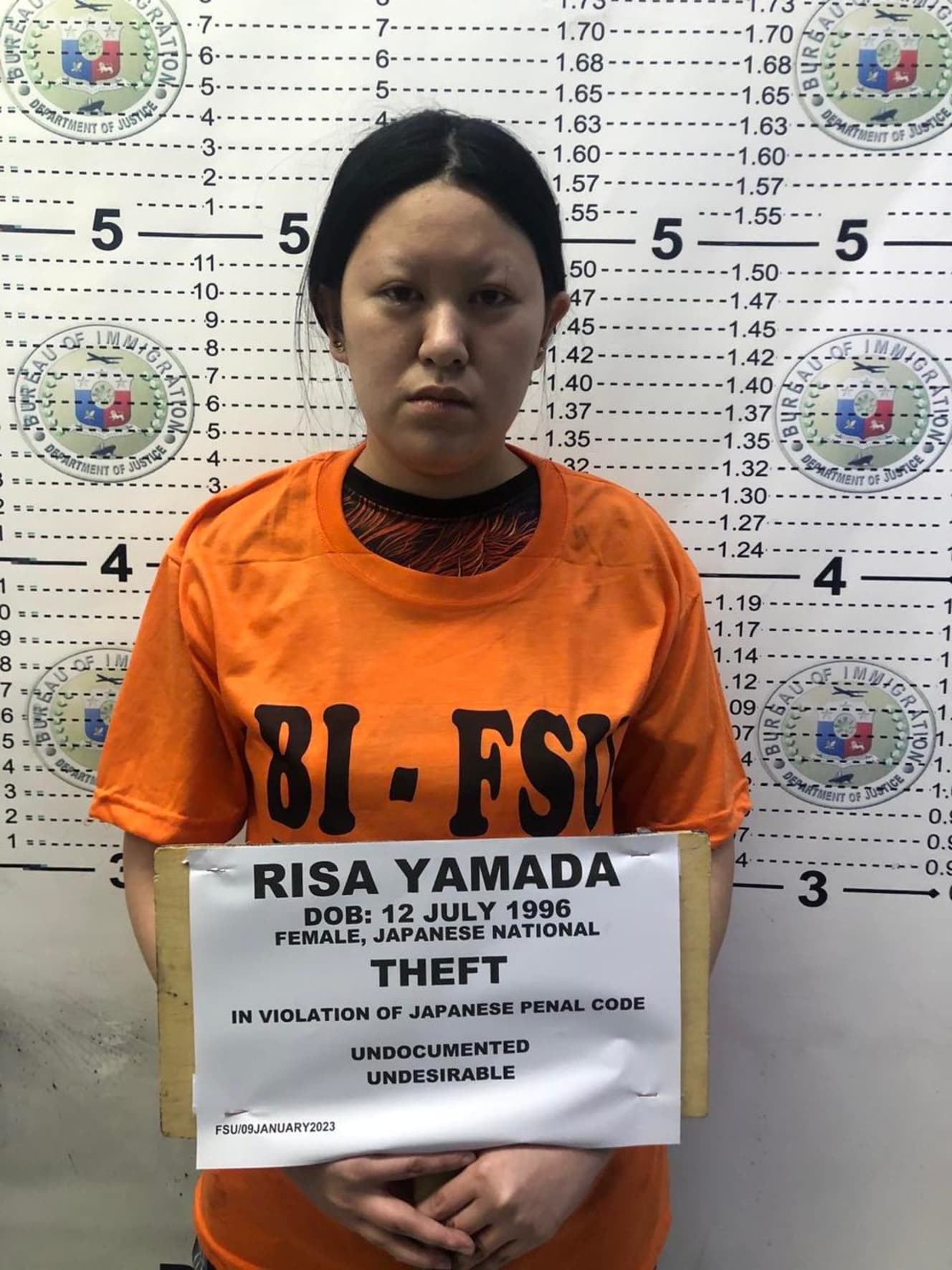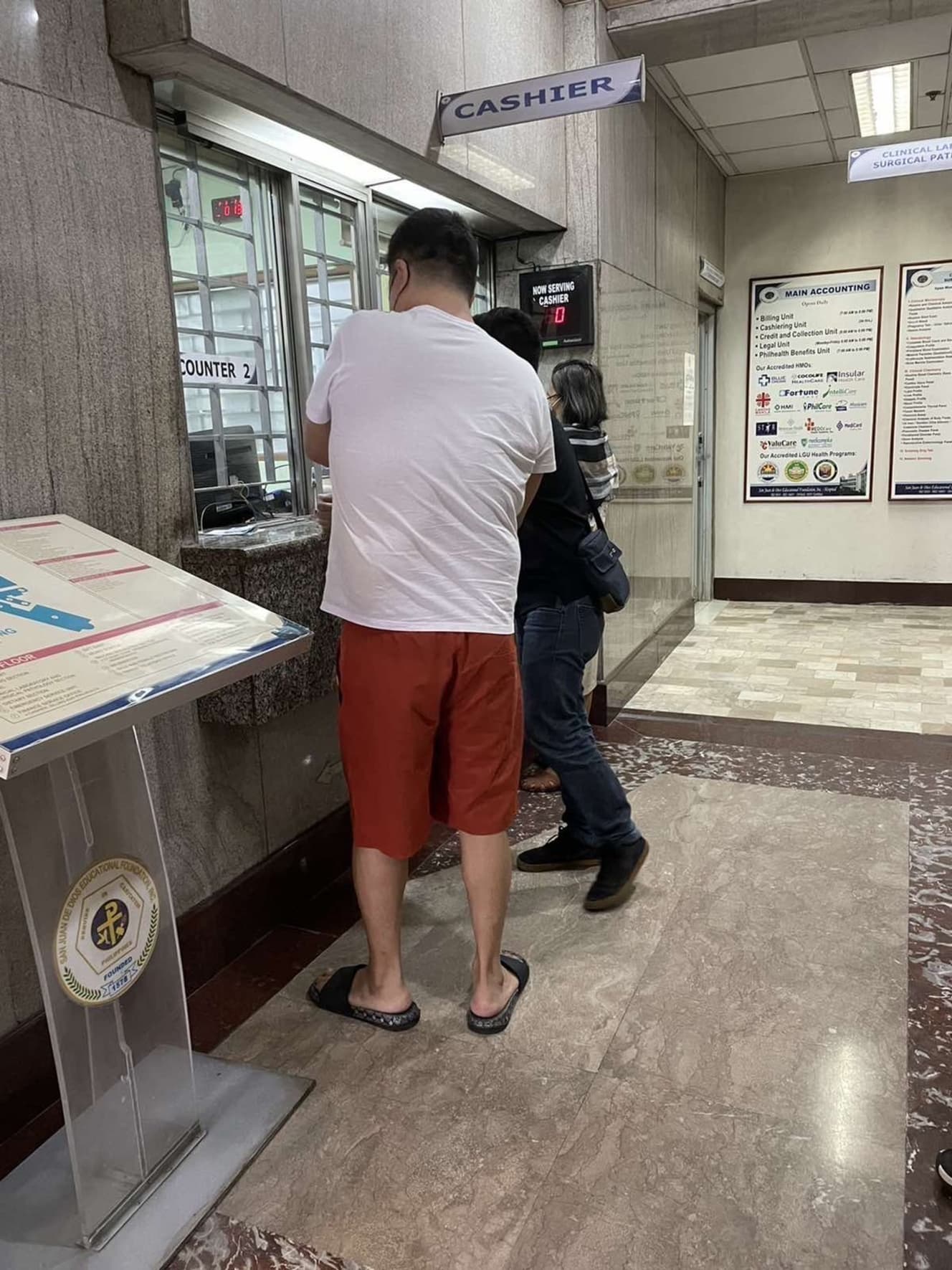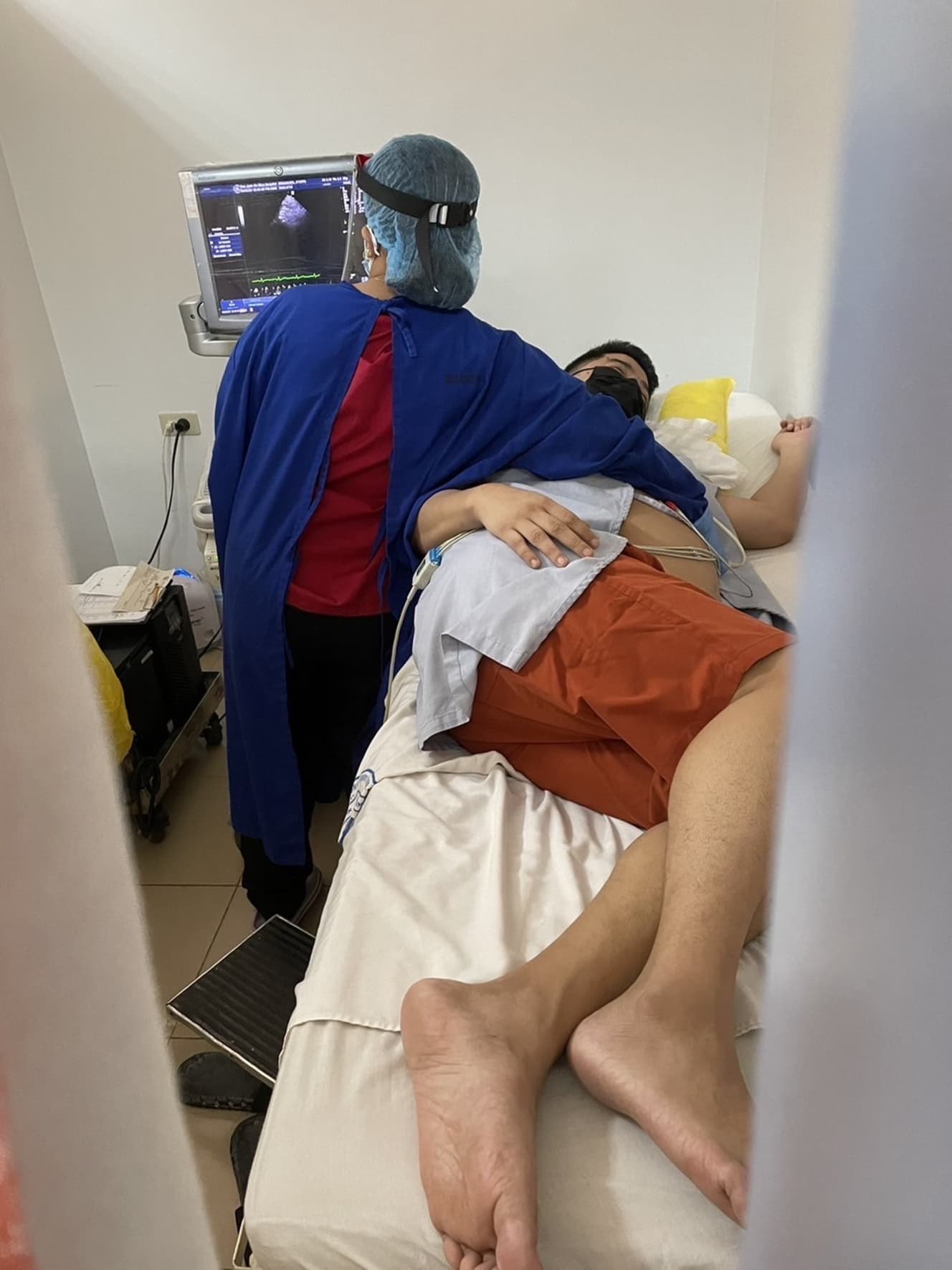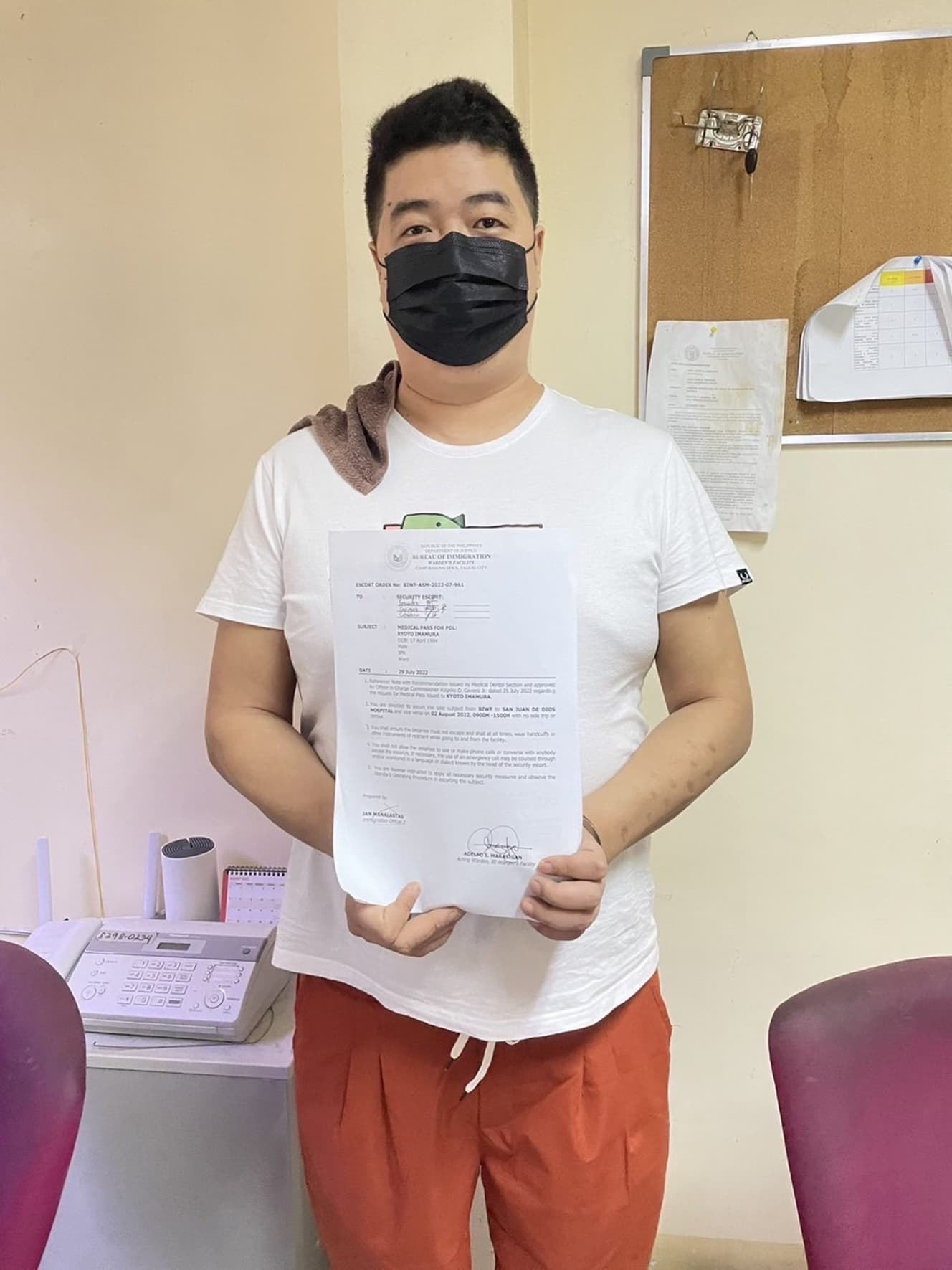Former Kakeko of Convicted Gang Unveils Truth Behind Accusation Surroundings Luffy Gang
In early March, former Kakeko defendant Risa Yamada, who has been accusing the special fraud group “Luffy’s gang” of trying to escape from prison, was sentenced. Yamada, who deeply regrets her crime and has written a memoir of more than 34,000 words about the group’s activities, has done her utmost to clarify the true state of the organization. However, there are some inconsistencies in the contents of the memoir. Nonfiction writer Takehide Mizutani, who covers the realities of special fraud groups, takes a close look.

After 11:00 a.m. on March 5th, Tokyo District Court Courtroom No. 429. When the door opened, a uniformed employee appeared and saluted. A woman in a black suit walked briskly from behind. She took her seat at the defense table, had her handcuffs and waistband removed, and sat on a couch.
Her waist-length hair was tied back and she was wearing a white mask. Her face was slightly flushed, perhaps from nervousness. When Judge Sakata told the defendant to come to the stand, the woman took the stand.
What is your name?
My name is Risa Yamada.
Her tone of voice was very clear and impressive.
Defendant Risa Yamada (27) is a member of a special fraud group based in the Philippines who is suspected of instructing a series of robberies in various parts of Japan using names such as “Luffy.” In an attempted robbery that occurred at an elderly person’s home in Adachi Ward, Tokyo in January 2023, he was charged with pre-robbery and home invasion for providing information about the victim to the instructing officer as a safety net. At the sentencing hearing on the same day, She was sentenced to one year and two months in prison (the original sentence was one year and six months).
The defendant was wearing a black jacket, black skirt, and black socks as an indication of her remorse and desire for rehabilitation.
As I watched from the witness stand, I was reminded of an incident in the Philippines, where I had visited just a month earlier to cover the Luffy case. I heard a surprising episode about Yamada from a Japanese official.
Yamada, who was in a detention facility in the Philippines, received clothes and makeup supplies from an outsider just before she was deported to Japan. She was conscious that she would be filmed on TV, so she could not return home in a tacky outfit. The reason for this was that Imamura, 39, who had been deported earlier, and others had been featured extensively on TV.
Yamada, who had been living on the run in the Philippines, was detained in Manila last January and transferred to an immigration detention facility. Due to the influx of the Japanese press into the detention center later that month, access to inmates was temporarily prohibited, but once the heat had cooled off, outside visitors were allowed to come in. Yamada then asked an outside acquaintance to procure clothing and other items for her.
Defendant Yamada was forcibly repatriated to Japan in mid-March, and as expected, she was exposed to the cameras of reporters at Narita Airport upon her arrival. She wears a white hoodie over a pink shirt and has earrings in her ears. Her eyebrows were well-defined and her makeup was perfect. That’s why when I saw defendant Yamada in a suit in her courtroom, I felt that her self-consciousness was visible, rather than the color of remorse mentioned by the judge.
On that day, she listened to the verdict, and when the judge finally told her about the deadline for filing an appeal, she simply answered, “Yes, but she had repeatedly given interesting testimony in previous trials.
The Immigration Bureau’s Bicutan detention facility, where Yamada was being held, houses not only Japanese, but also approximately 200 other foreigners who have violated immigration laws, including Chinese, Koreans, Europeans, and Americans. Yamada lived there for two months before she was deported. At the trial, she recalled her time there as follows.
The murderer was freely holding a kitchen knife. There were murders by Koreans and riots by Chinese people, so I thought we were in a really dangerous place.
I used to work as a reporter for a Japanese-language newspaper called the Daily Manila Shimbun. During that period of more than 10 years, I frequently visited Japanese detainees in the detention facility to meet them. I have been inside many times, but I have never seen an inmate carrying a knife freely. There was only one riot.
Yamada also explained that the food in the camp was rationed, but she could not eat it because of frequent food fights and food poisoning, which is also far from the reality. If there were frequent food poisoning outbreaks, the inmates would have reported it through an outsider.
Examining these testimonies one by one, it appears that defendant Yamada emphasizes how bad an environment she was placed in, and that she has a strong victim mentality. However, the testimony of Yamada, who revealed that group executive Yuki Watanabe (39) planned the escape, has a certain degree of persuasive force.
This is because I have obtained a photograph of the same executive, Mato Imamura, when he was examined at a hospital outside the camp. It was in July 2022, about six months before he was deported. The location was a hospital about 10 km south of the detention facility, and the photo shows Imamura lying on a bed and undergoing an echo-like examination. There is also a photo of a receipt showing payment of 3,300 pesos (about 8,800 yen) for the examination. It is likely that the money was used to defraud the elderly through a special scam.
Inmates are allowed to leave the facility in two ways: to go to court to attend a trial, and to go to the hospital. In both cases, they are escorted by several staff members of the facility, but there are many inmates who attempt to escape along the way. A senior official at the immigration bureau said.
Just last month, a Jordanian man went to the courthouse, said he had to go to the restroom, and took advantage of the opportunity to escape. We caught him afterwards, but such escape attempts by foreign inmates happen from time to time.
In the end, Imamura seems to have returned to the detention facility, but it is possible that he was planning to seize the opportunity and try to escape. The actual situation at the Philippine Immigration Bureau detention facility is unimaginable by Japanese common sense. Defendant Yamada’s court testimony, which gave us a glimpse of that, is full of things for me to dig into, as someone who knows the scene.



Interview, text, and photos: Takehide Mizutani
Born in Mie Prefecture in 1975. She won the 9th Ken Kaiko Nonfiction Award for her book "Men Who Left Japan Behind: Impoverished Japanese Living in the Philippines. His latest book is "Reporto: International Romance Fraud. He has covered the war in Ukraine and other conflicts around the world.